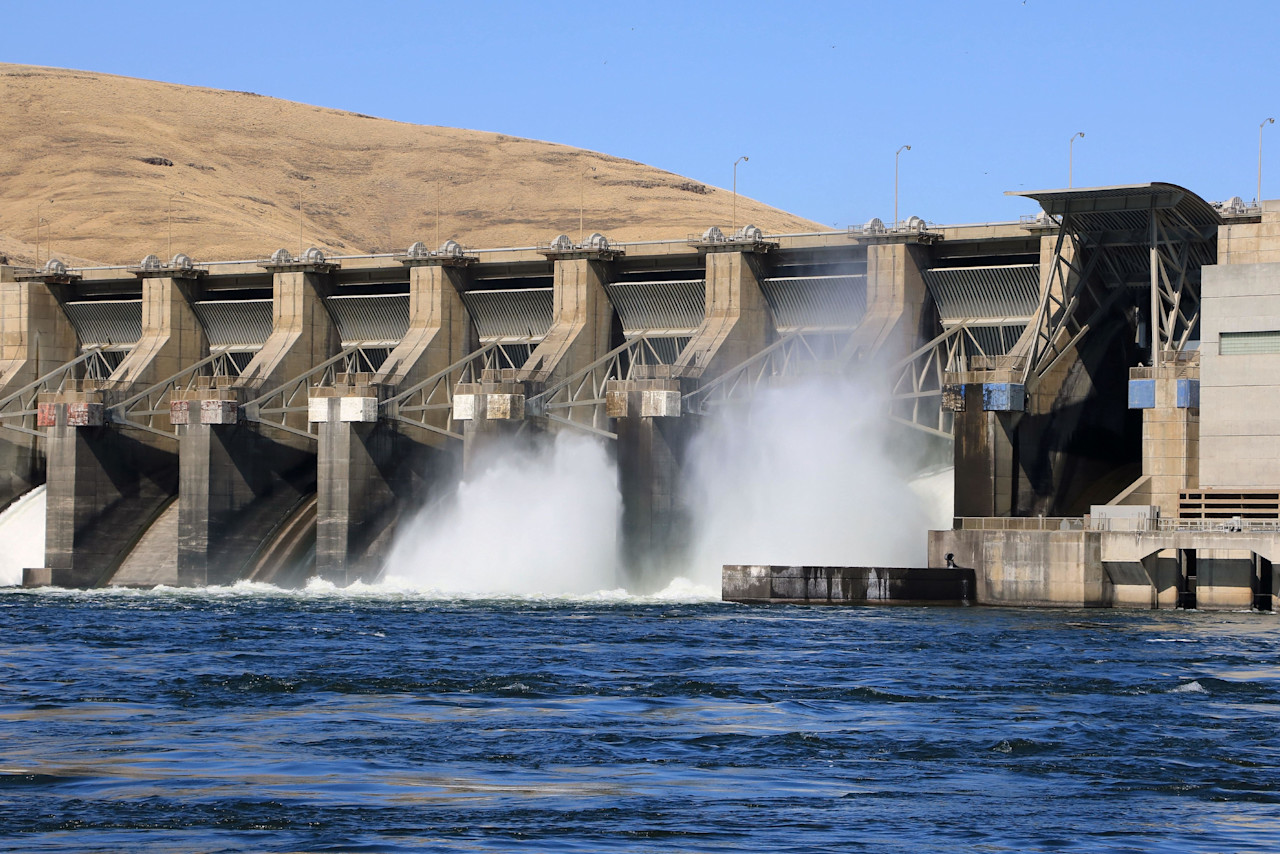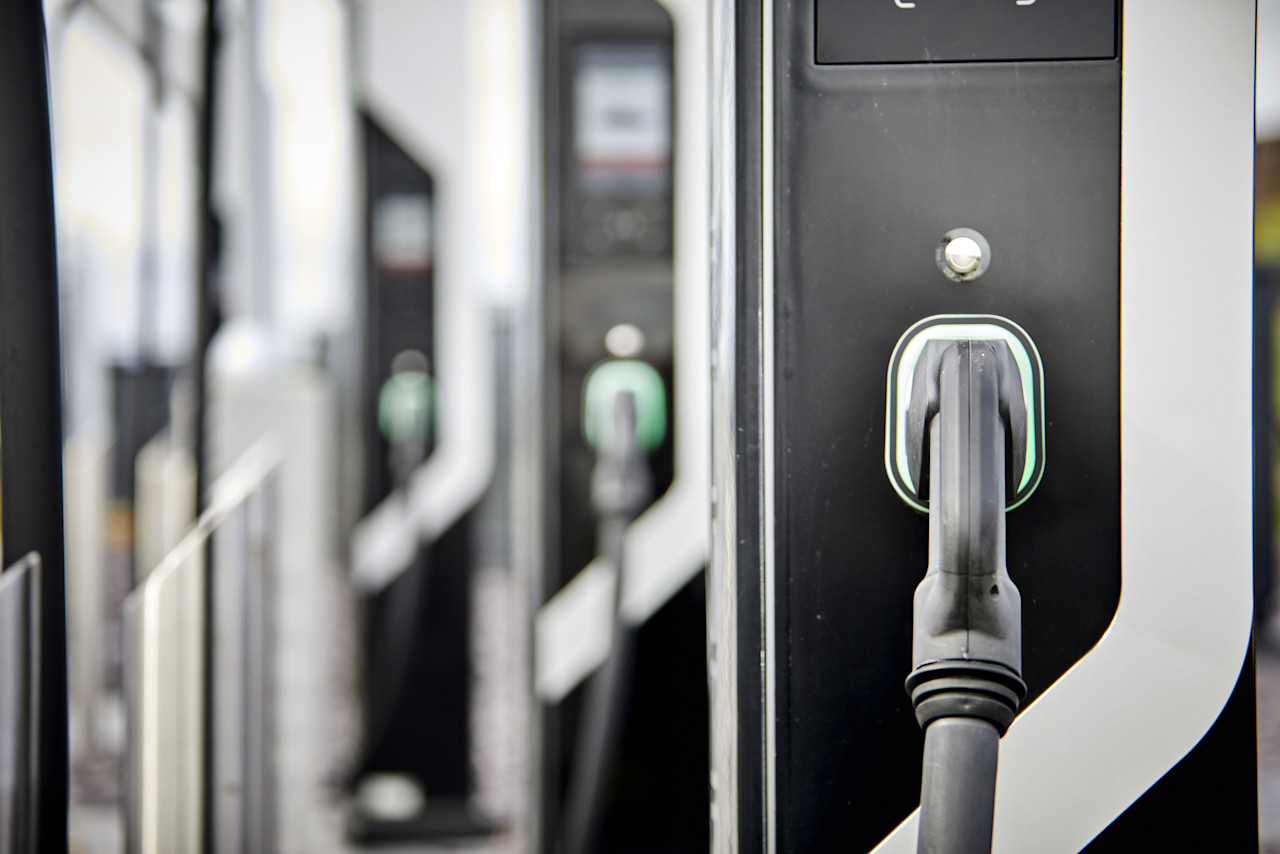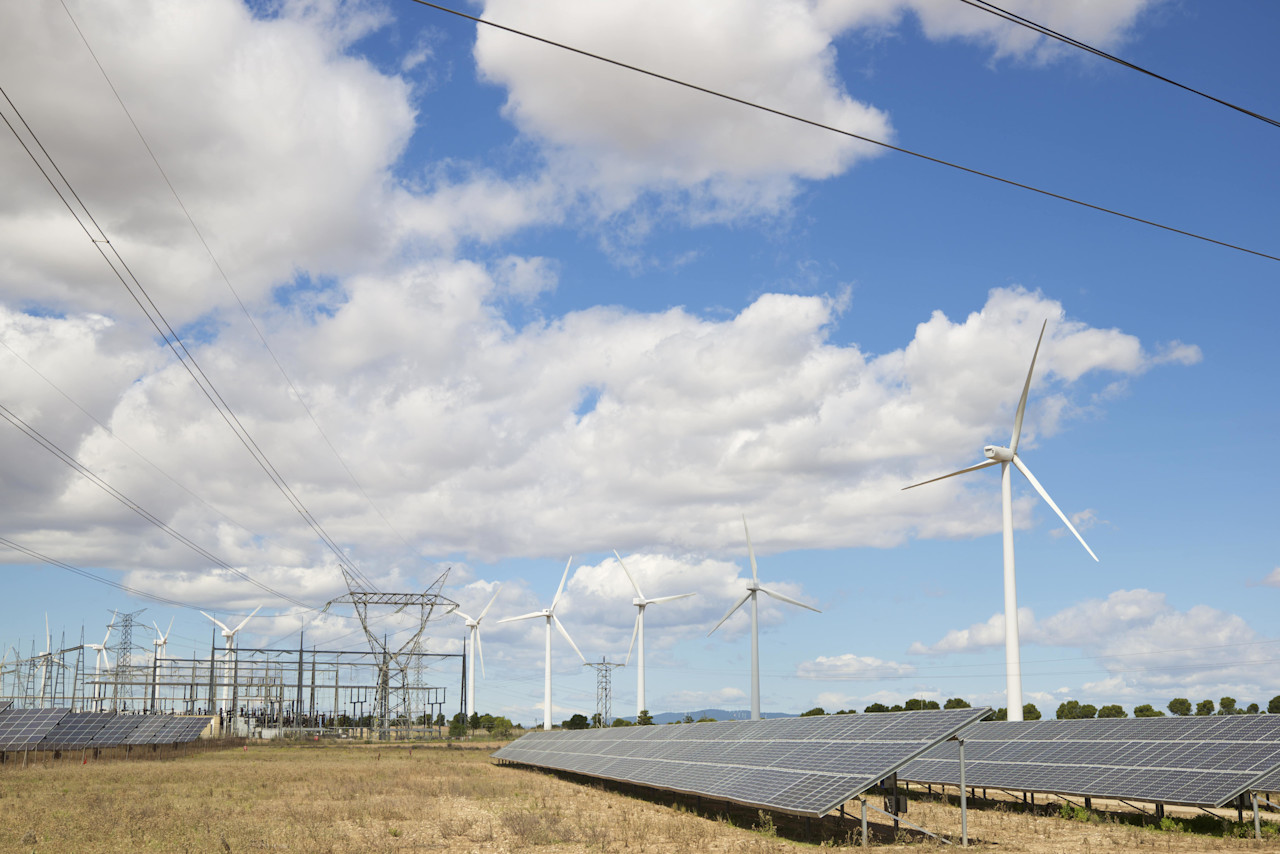

SI Dilemma: To travel or to arrive in the sustainable transition?
The magic word these days for investors seems to be ‘transition’. How we travel, rather than arrive, has become the principle definition for the success of all overarching sustainability topics. ESG momentum depends on it – so are we actually getting there?
まとめ
- Positive change is expected when investing in negative impact companies
- There is an overlap between sustainable and transition investments
- Transition at portfolio level does not always equal transition at company level
Traditionally, sustainable portfolios have been built using sustainability scores based on the current ESG performance of the companies in which they invest. This is still the key approach for the vast majority of sustainable strategies, like best-in-class and better-than-benchmark portfolios. This approach often reflects the investor’s values. It also expresses the investment belief that more sustainable companies have a better financial performance, though this is not yet proven beyond a shadow of a doubt.1
However, until now this approach has not led to considerably more sustainable development or fewer carbon emissions.2 The notion that the biggest polluters need to be part of the solution –investing and engaging with them while steering your portfolio on forward-looking metrics – is increasingly seen as a better way of contributing to change. Supporting the transition not only does right by investors, but also by regulators.
Definitions of transition investments vary
The EU Commission defines ‘transition’ as moving from current climate and environmental performance levels toward a climate-resilient and environmentally sustainable economy. This needs to be done in a timeframe that can meet the goals of the Paris Agreement, including climate change adaptation and other EU environmental objectives. Taxonomies in Asia, for example in Singapore, also include similar definitions on transition.
These definitions, however, are very much confined to the environment. The UK Sustainable Disclosure Regulation (which is in the making) sees transition in a broader light. It defines sustainability improvers’ strategies as products with an objective to deliver measurable improvements in the sustainability profile of assets over time.
These products are invested in assets that, while not currently environmentally or socially sustainable, are selected for their potential to become so over time, including in response to the stewardship influence of the firm.
In the academic world, transition is also seen in a broader context. For example, in their paper on transformation versus transition, Derk Loorbach and his colleagues show that the concept of transition has been mainly employed to analyze changes in societal subsystems (e.g. energy, mobility, cities), focusing on social, technological and institutional interactions.3
Figure 1: Transition investments

Source: Freely interpreted from the EU Commission’s guidance document
At Robeco, we also see transition in a broader light than only climate, while also recognizing that the climate transition is both very pressing and, in terms of definition and tooling for investors, the most advanced. As such, this makes it easier to practically implement in portfolios.
SIディベート
Dilemmas in transition strategies of listed securities
Given the fact that there is no standard on transition in finance, we see many different approaches in the marketplace. And there are many dilemmas and questions.
The first one is whether a sustainable investment can be a transition investment at the same time. We believe so. According to the EU regulation, a sustainable investment is in an economic activity that contributes to an environmental or social objective, provided that such investments do not significantly harm any of those objectives, and that the investee companies follow good governance practices.
If sustainable transition is considered an environmental or social objective, transition assets that do no significant harm and follow good governance practices can therefore also be a sustainable investment. This means, for example, that green bonds can be seen as both a transition and a sustainable investment. Not all transition investments, however, are sustainable investments.
The second dilemma is which investments to consider in transition products. The first category is clear: high-impact companies with credible transition plans. But then it becomes more difficult: should solution providers, who are helping others to transition, be a part of the transition universe? They are not a transition asset in the sense that their own business model is transitioning, although they are certainly a very important part of the transition. So I feel there should be room for these companies in a transition portfolio.
And what about adaptation? Adaptation is certainly important, but only needed if the transition fails. Some room could be given here in the light of ‘better safe than sorry’. And can we add some leaders in sectors with a low impact, so (financially) diversify the portfolio?
The latter is probably a bridge too far. Any investment in a transition product should at least have material exposure to the transition objective(s). And the exposure to transition assets and solution providers should be balanced.
Transition at the portfolio or issuer level?
Probably the most difficult dilemma is where to promote and measure sustainable transition – at the portfolio or company level?
Let’s take as an example the EU’s Climate Transition Benchmark definition. The underlying assets are selected, weighted or excluded in such a manner that the resulting benchmark portfolio is on a decarbonization trajectory, such as a carbon footprint that is 30% lower than the investable universe, and is cut by 7% year-on-year. This should also be constructed in accordance with the minimum standards of do-no-significant-harm and good governance.
The targets are clear here, and we do have the information with which to measure progress over time. A transition product following these guidelines would be clearly in line with the regulation. So far, that’s the good news. However, the underlying investments do not all have to be transitioning themselves, as long as the overall portfolio reaches the decarbonization targets in any given year. The question is how such a portfolio (in listed securities) contributes to the transition.
Seen in this light, we do believe there is room for transition strategies that simply invest in transition assets and solution leaders, and from a bottom-up perspective, try to create change. This means, however, that measuring whether transition objectives are reached should be done at the company level and less at the portfolio level. There should be room for both approaches in the marketplace.
Lastly, the forward-looking frameworks to determine how credible transition targets are at the company level are currently being developed for climate, but are still less evident for other sustainable transition topics. The measurement of progress at the company level is also something that needs further work.
Design principles for transition products
All of these issues, I feel, should not hold us back from developing new transition investment strategies. We need to be pragmatic as well in balancing future expected risk and returns with the sustainability objectives and, in this case, accepting that the research and measurement frameworks are not crystal clear yet.
That is why within Robeco we set some guiding principles for developing transition strategies in investments. There should be a clear intention to contribute to transition in the real world, and a means of measurability so that we can make sure that we know the desired transition outcome at the right timeframe. Finally, demonstrating how we select the investments, and then disclosing the progress made in the periodic reporting of our investment products, must have a base credibility.
And as we make our own transition in this developing arena, and have not reached our final destination yet, we are happy to be challenged on this!
Footnotes
1 Atz, U. van Holt, T. et al. “Does sustainability generate better financial performance? review, meta-analysis, and propositions.” (2022). Journal of Sustainable Finance & Investment.
2 SI Dilemma: Optimist, pessimist or realist for sustainable development?
3 Transition versus transformation: What’s the difference? - ScienceDirect
重要事項
当資料は情報提供を目的として、Robeco Institutional Asset Management B.V.が作成した英文資料、もしくはその英文資料をロベコ・ジャパン株式会社が翻訳したものです。資料中の個別の金融商品の売買の勧誘や推奨等を目的とするものではありません。記載された情報は十分信頼できるものであると考えておりますが、その正確性、完全性を保証するものではありません。意見や見通しはあくまで作成日における弊社の判断に基づくものであり、今後予告なしに変更されることがあります。運用状況、市場動向、意見等は、過去の一時点あるいは過去の一定期間についてのものであり、過去の実績は将来の運用成果を保証または示唆するものではありません。また、記載された投資方針・戦略等は全ての投資家の皆様に適合するとは限りません。当資料は法律、税務、会計面での助言の提供を意図するものではありません。 ご契約に際しては、必要に応じ専門家にご相談の上、最終的なご判断はお客様ご自身でなさるようお願い致します。 運用を行う資産の評価額は、組入有価証券等の価格、金融市場の相場や金利等の変動、及び組入有価証券の発行体の財務状況による信用力等の影響を受けて変動します。また、外貨建資産に投資する場合は為替変動の影響も受けます。運用によって生じた損益は、全て投資家の皆様に帰属します。したがって投資元本や一定の運用成果が保証されているものではなく、投資元本を上回る損失を被ることがあります。弊社が行う金融商品取引業に係る手数料または報酬は、締結される契約の種類や契約資産額により異なるため、当資料において記載せず別途ご提示させて頂く場合があります。具体的な手数料または報酬の金額・計算方法につきましては弊社担当者へお問合せください。 当資料及び記載されている情報、商品に関する権利は弊社に帰属します。したがって、弊社の書面による同意なくしてその全部もしくは一部を複製またはその他の方法で配布することはご遠慮ください。 商号等: ロベコ・ジャパン株式会社 金融商品取引業者 関東財務局長(金商)第2780号 加入協会: 一般社団法人 日本投資顧問業協会




















